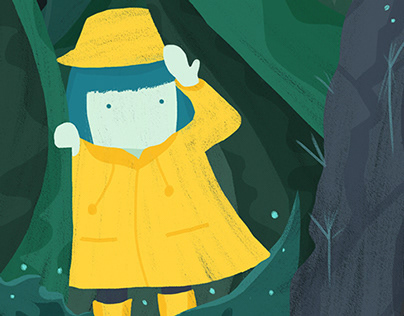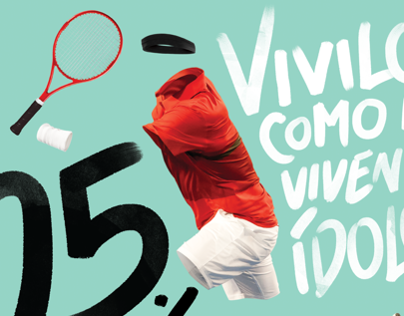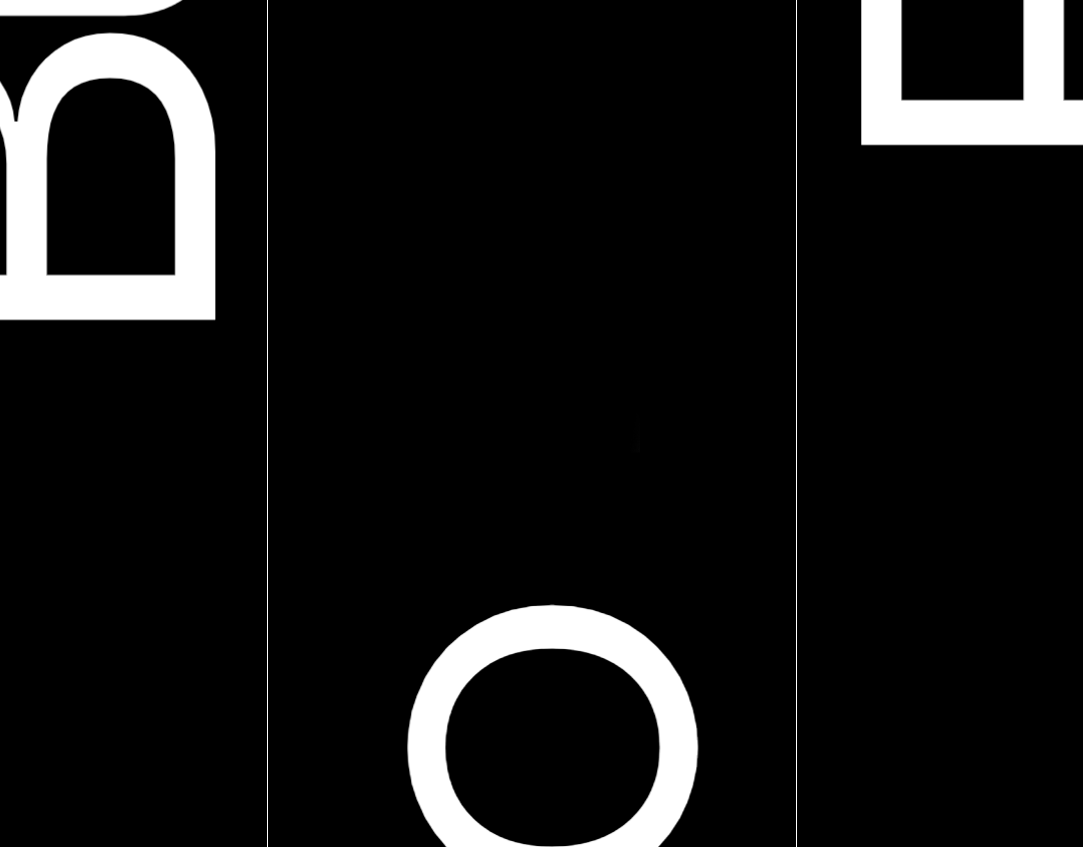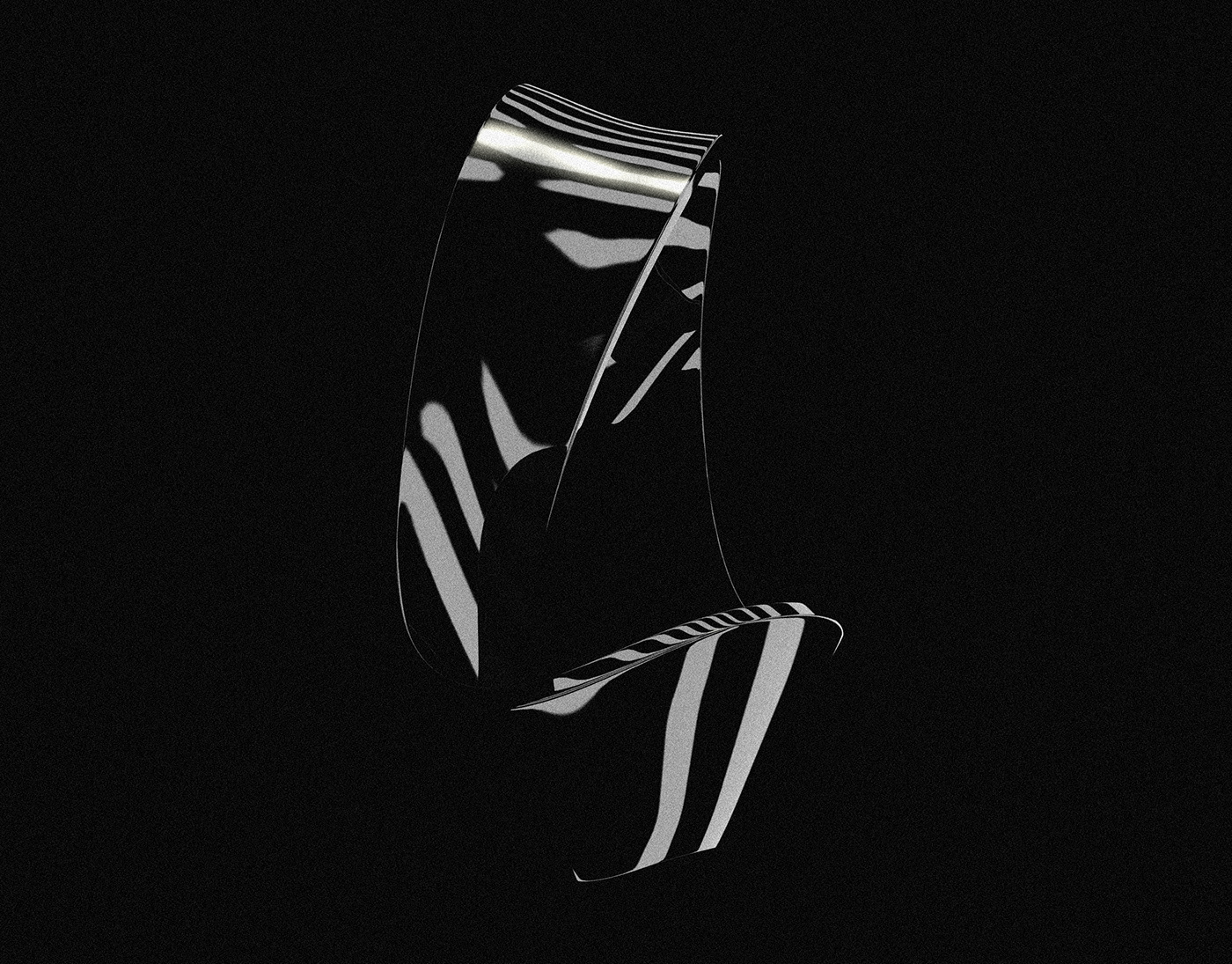Ink on paper illustration based on two short stories by Argentine writer Julio Cortázar.
Instructions on How to Climb a Staircase
_
Julio Cortázar
"There is no one who hasn’t observed that frequently the floor will fold in such a manner that one part of it rises at a right angle with the plane of the floor, and later the following part is placed in a parallel manner to this plane, giving way to a new perpendicular, and that this conduct repeats as a spiral or broken line up to an extremely variable height. Each one of these footholds, formed along the way by two elements, is situated equally higher and more forward than the former, a principle that gives meaning to the staircase since whatever other combination will produce a form perhaps more beautiful or picturesque, but incapable of translating the lower floor to the upper floor. Stairs are climbed from the front, since climbing them from behind or the side will result particularly uncomfortable. The natural attitude consists in maintaining oneself on one’s feet, the arms loosely hanging at the side, the head erect but not so much so that the eyes stop seeing those elevated footholds immediate to the one that is being tread upon, and breathing slowly and regularly.
In order to climb a stair case one commences by raising that portion of the body situated at the below right, covered almost always in leather or rubber, and almost without exception fits exactly upon the foothold.
Said part being placed upon the first foothold, and in order to abbreviate we will hitherto call it “foot”, the equivalent part on the left is then removed (also called foot, but one must not confuse it with the aforementioned foot.) and raising it to the height of the foot, it is to be made to follow until it is placed upon the second foothold, upon which the foot may now may rest, and upon the first the other foot may rest. (The first footholds are always the most difficult, until acquiring the necessary coordination. The coincidence of the name between foot and foot make the explanation difficult. Be especially careful to not raise the foot and the foot at the same time.)
Arriving in this manner to the second foothold, it is enough to alternate the movements until one finds oneself at the end of the stairs. One can easily leave them with a light blow of the heel that fixes it in its place, from which it shall not move until the moment of descent."
Instructions on How to Cry
_
Julio Cortázar
_
Julio Cortázar
“Putting the reasons for crying aside for the moment, we might concentrate on the correct way to cry, which, be it understood, means a weeping that doesn’t turn into a big commotion nor proves an affront to the smile with its parallel and dull similarity. The average, everyday weeping consists of a general contraction of the face and a spasmodic sound accompanied by tears and mucus, this last toward the end, since the cry ends at the point when one energetically blows one’s nose. In order to cry, steer the imagination toward yourself, and it this proves impossible owing to having contacted the habit of believing in the exterior world, think of a duck covered with ants or of those gulfs in the Strait of Magellan into which no one sails ever. Coming to the weeping itself, cover the face decorously, using both hands, palms inward. Children are to cry with the sleeve of the dress or shirt pressed against the face, preferably in a corner of the room. Average duration of the cry, three minutes."









